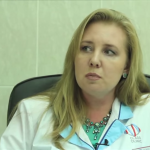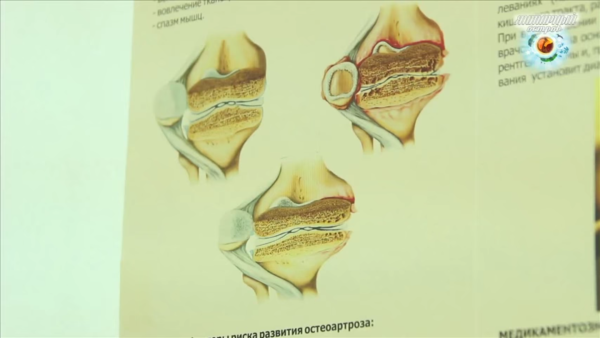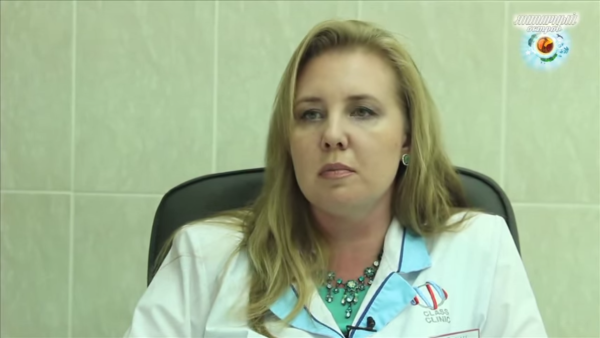 First Aid for Seizures
First Aid for Seizures
Seizures, causes and their manifestations
 Seizures is a non-specific reaction of the body to the manifestation of external and internal stimuli, which lead to sudden attacks of muscle contraction uncontrolled by the patient, lasting for various periods of time.
Seizures is a non-specific reaction of the body to the manifestation of external and internal stimuli, which lead to sudden attacks of muscle contraction uncontrolled by the patient, lasting for various periods of time.
Often during convulsions, patients are prone to loss of consciousness. Sources of seizures (in other words, convulsive syndrome) can vary from congenital defects, hereditary diseases and pathologies, to tumors and other acquired causes. Such a syndrome can even be caused by a banal strong emotional overstrain and a sharp increase in the patient's body temperature (mainly when the patient is a child).
An important criterion for determining the cause of a seizure is the age of the subject, where 4 main gradations are distinguished:
Group 1 - in children under 10 years old - diseases: CNS, epilepsy, fever, cerebral palsy;
traumatic brain injury; congenital metabolic disorders; · 2nd group – age category from 11 to 25 years – injuries and tumors of the brain, toxoplasmosis and angioma;
Group 3 - patients aged 26 - 60 years - inflammatory processes, neoplasms and brain metastases, as well as alcohol abuse;
Group 4 - older people over 61 years old - the range of causes of seizures is noticeably expanding, a number of so-called "senile" diseases appear, in addition, there is a risk of overdose when using drugs.

Summarizing, we can say that there are many factors for the occurrence of seizures, both among adults and among children, which means that when providing assistance, the key point will be just the search for an aspect of the cause of the syndrome.
The emergency care process
When determining treatment, two fundamental points must be remembered, namely, the complexity and the precise focus of the action. If we consider in more detail, then: support the vital function, eliminate the convulsions themselves directly, reduce intracranial hypertension.

By breaking down the steps into stages, the following algorithm of sequential manipulations can be drawn up:
1. Prevent a fall (in case of loss of consciousness), conveniently position the victim in a horizontal position and turn the patient's head to the side;
2. Allow air to freely enter the respiratory system, prevent injuries at the time of convulsive spasms and spasm of the jaw muscles;
3. Carry out medical intervention (it is better to wait for the qualified personnel of the emergency service team) - carried out independently or in a situation of extreme danger, when delay is a real threat to life, or in the presence of an appropriate medical education. The necessary drugs, as a rule, are located at the points of medical care, and, say, it is rather difficult to find them in a home first-aid kit (unless the patient suffers from seizures systematically).
The indicated principle of action is suitable for most cases of convulsive syndrome (febrile convulsions), but is not universal, since the causes of spasm can be specific (for example, in case of injuries, the patient cannot be moved, etc.). After the attack stops, it is imperative to seek professional medical help.